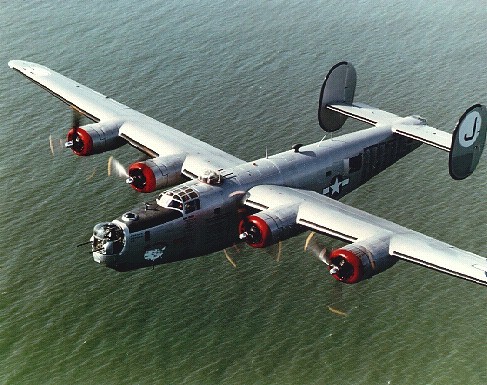In my constant yearning to get back to Ypsilanti it seems natural for this to come up.
Not only is the Willow Run plant just a hop skip and jump from where I really belong -- after all I am not called Texas Dan -- the plant is also where the woman who put me together once worked.
Two years before, U.S. President Franklin D. Roosevelt had urged an isolationist America to prepare for its inevitable involvement in the war, declaring that U.S. industry must become "the great arsenal of democracy." Roosevelt established the Office of Production Management (OPM) to organize the war effort, and named a former automotive executive co-director of the OPM.
Not only is the Willow Run plant just a hop skip and jump from where I really belong -- after all I am not called Texas Dan -- the plant is also where the woman who put me together once worked.
Yep, Laura -- she of many married names -- once worked in the WIllow Run bomber plant. Seems she left an earlier job because of what would now be called sexual harassment. Unfortunately all she could do back then was change jobs.
Anyway, here is the story of the bomber plant:
First Ford bomber is producedOn this day, the first production Ford bomber, the B-24 Liberator, rolled off the assembly line at Ford's massive Willow Run plant in Ypsilanti, Michigan.
Two years before, U.S. President Franklin D. Roosevelt had urged an isolationist America to prepare for its inevitable involvement in the war, declaring that U.S. industry must become "the great arsenal of democracy." Roosevelt established the Office of Production Management (OPM) to organize the war effort, and named a former automotive executive co-director of the OPM.
Most Detroit automobile executives opposed the OAW during its first year, and were dubious of the advantages of devoting their entire production to war material. However, on December 7, 1941, the Japanese attacked Pearl Harbor, and American citizens mobilized behind the U.S. declaration of war against the Axis powers. Since profit ruled Detroit, the government made Ford and America's other automakers an economic offer they could not refuse.
For their participation in the war effort, automakers would be guaranteed profits regardless of production costs, and $11 billion would be allocated to the building of war plants--factories that would be sold to private industry at a substantial discount after the war. In February of 1942, the last Ford automobile rolled off the assembly line for the duration of the war, and soon afterward the Willow Run plant was completed in Michigan. Built specifically for Ford's war production, Willow Run was the largest factory in the world. Using the type of assembly line production that had made Ford an industrial giant, Ford hoped to produce 500 B-24 Liberator bombers a month.
After a gradual start, that figure was reached in time for the Allied invasion of Western Europe, and by July of 1944, the Willow Plant was producing one B-24 every hour. By the end of the war, the 43,000 men and women who had worked at Ford's Willow Run plant had produced over 8,500 bombers, which unquestionably had a significant impact on the course of the war.


No comments:
Post a Comment